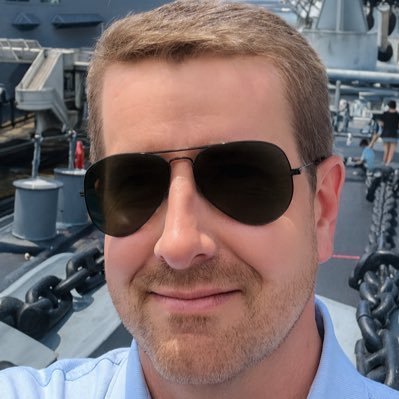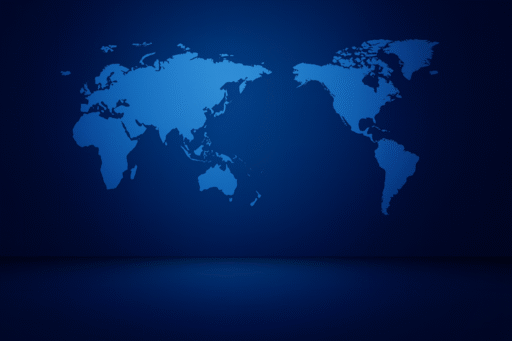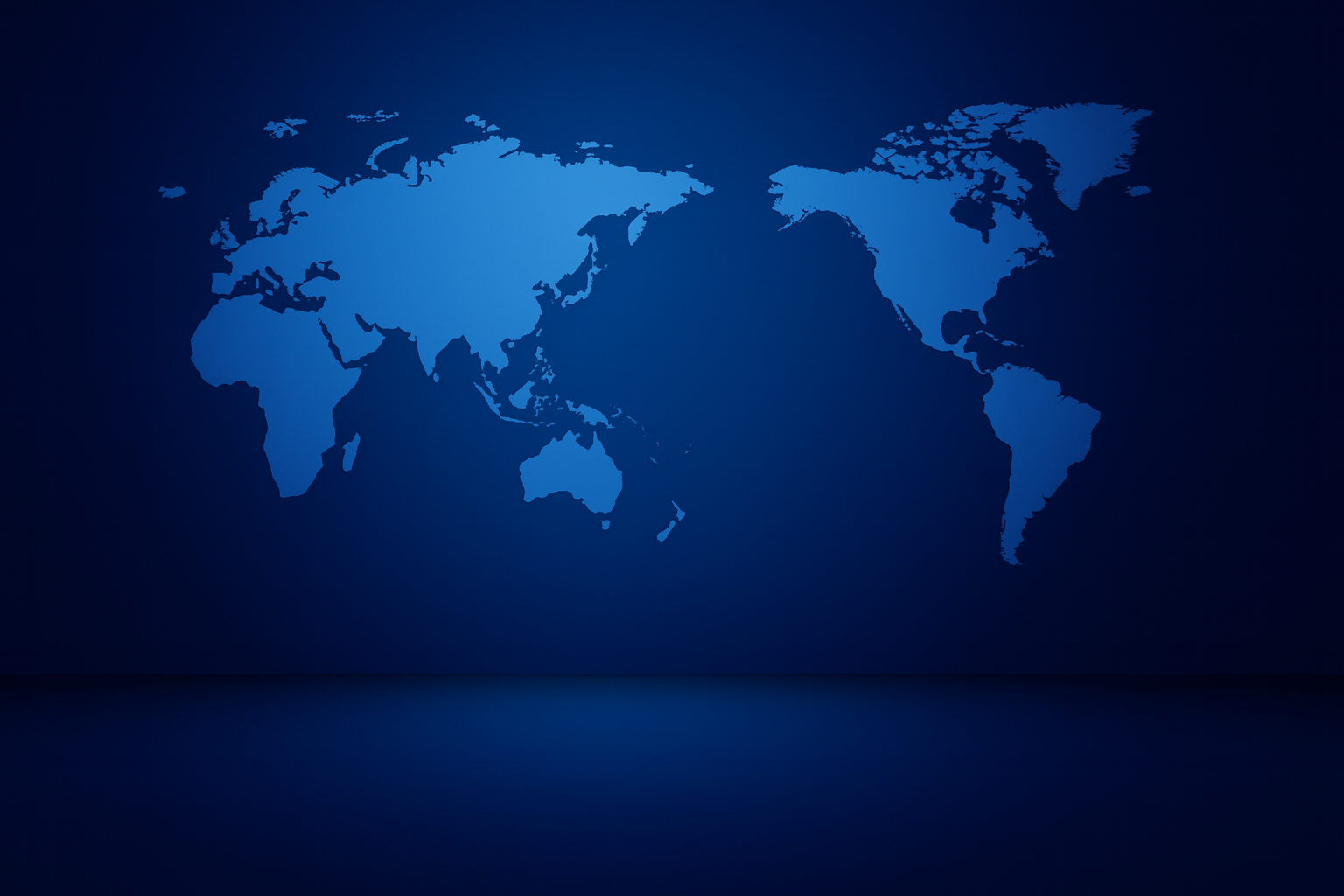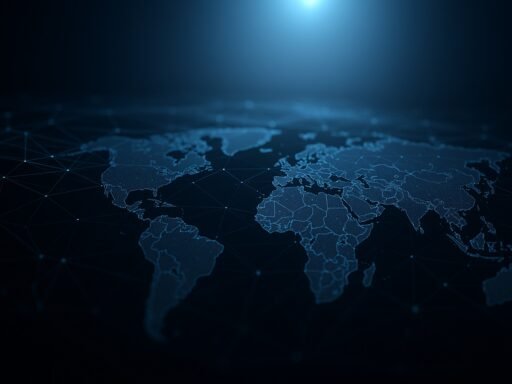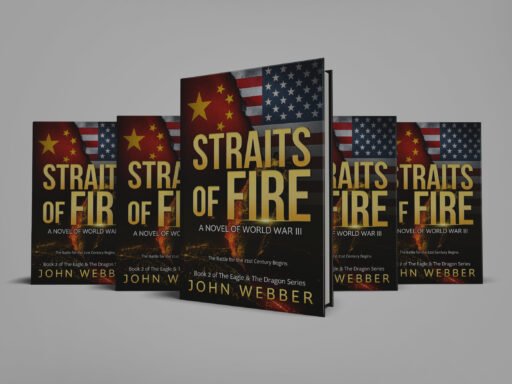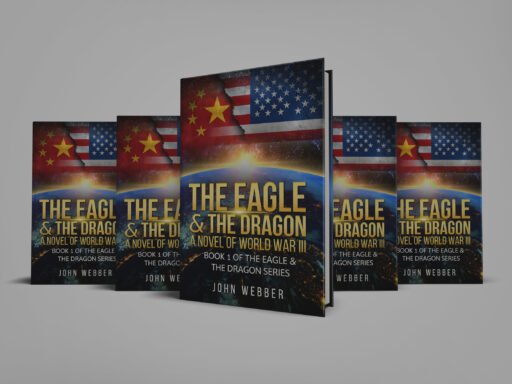When I was growing up in the 1990s, the world felt simple — stable, even. America stood alone at the pinnacle of global power. The Berlin Wall had fallen, the Soviet Union had collapsed, and the Western-led liberal order appeared unstoppable. The United States, for all its flaws, was the model that other nations aspired to emulate. Democracy was expanding, technology was transforming daily life, and it seemed that history itself had taken a decisive turn in favor of freedom and capitalism.
As a child of that era, I remember the confidence — even arrogance — that defined the American spirit. We had just won the Cold War without firing a shot. Our economy dominated global trade, our military was unmatched, and our culture — through film, technology, and innovation — defined modern life. It was easy to believe that the 21st century would simply be an extension of the 20th, with the United States continuing to lead and the rest of the world falling into orbit around its influence.

But by the time I reached my teens and twenties, that certainty began to fade. The world had grown more complex, more uncertain. The headlines began to shift. Every magazine cover and news broadcast seemed to echo a new theme: the rise of China and the decline of the United States.
The Rise of a Rival
In the early 2000s, it felt like a new superpower was emerging before our eyes. China’s economic growth defied precedent. Entire cities were rising from farmland in the span of a decade. Tens of millions of people were moving into the middle class. Western companies — eager for cheap labor and new markets — flooded into the country, outsourcing manufacturing, technology, and supply chains that had once been the backbone of American industry.
The narrative was seductive and simple: the future belonged to China.
News outlets projected that by 2030, China’s GDP would surpass that of the United States. Economists and policymakers debated the “inevitable” transition of global power from West to East. Universities filled with research about “the Chinese century.” The Belt and Road Initiative was hailed as a vision of global dominance. Commentators compared China’s disciplined rise to America’s supposed complacency and dysfunction.
At the same time, America seemed adrift. Manufacturing towns were hollowed out. Debt levels soared. Political polarization deepened. Two decades of war in the Middle East sapped public confidence and drained national focus. From Detroit to Washington, there was a growing sense that America had lost its edge — that the world’s leading superpower was slipping into decline while a new one prepared to take its place.

I remember watching this shift unfold with fascination. The same newspapers that once proclaimed America’s unipolar moment were now warning that the era of Western dominance was ending. “Made in China” became not just a label but a symbol of transformation — proof that the center of gravity was moving east.
A Deeper Reality Beneath the Rise
And yet, over time, something changed. The triumphalist tone that had once surrounded China’s rise began to erode. The more one looked beneath the surface, the more cracks appeared in the foundation.
China’s economy, for all its growth, was built on unsustainable debt and state-managed inefficiency. Local governments carried massive liabilities hidden in shadow accounts. The real estate sector ballooned into one of the largest bubbles in history — with ghost cities standing as monuments to speculative excess. Entire provinces depended on construction rather than productivity.
Demographically, China was aging faster than any major nation in modern history. The one-child policy had created a shrinking labor force and a rapidly growing elderly population. The country’s social welfare system was under immense strain. Rural communities — home to hundreds of millions — lagged behind the coastal cities that defined the country’s image abroad.

Then there was the political dimension. The Communist Party’s obsession with control began to suffocate innovation and dissent. Censorship tightened. Surveillance expanded. Entrepreneurs who had once symbolized China’s dynamism were silenced or sidelined. Xi Jinping’s consolidation of power — while portrayed as strength — revealed deep insecurity within the system. Beijing’s leaders feared instability more than stagnation, and in that fear, they began to make the same mistakes that had doomed past regimes.
By the 2010s, the narrative of “China’s unstoppable rise” had shifted into something more nuanced, even anxious. Reports began to highlight corruption, inefficiency, and inequality. Massive infrastructure projects failed to deliver returns. Entire industries — from solar panels to steel — were kept alive only through state subsidies. And as the global economy slowed, China’s export-driven model began to strain.
While not on the verge of collapse, it became clear that China’s ascent had reached its limits. The system that had powered its rise was also sowing the seeds of its own stagnation.
From Strength to Instability
It was against this backdrop that I began to see a different kind of danger — not a China that would dominate the world, but one that might lash out as it faltered.
History offers countless examples of nations that turned to aggression not from confidence, but from fear. When internal weakness grows too visible, outward strength becomes the only currency left. Wars have begun this way: not to conquer the world, but to hold a fracturing system together.
I began to ask myself: What if China, facing a demographic crisis, economic slowdown, and political unrest, sought to consolidate its legitimacy through conflict? What if a weakened but still powerful China chose to act — not out of dominance, but desperation?
That question became the seed of The Eagle & The Dragon series.
Why I Chose to Write This Story
I’ve spent my career studying the intersection of finance, technology, and risk. In global banking and agricultural lending, I saw firsthand how fragile systems can become when incentives and politics collide. I saw how governments manipulate economies to maintain control, how markets respond to fear, and how the flow of money can both sustain and destabilize nations.
When I looked at the modern geopolitical landscape, I recognized those same dynamics on a global scale. Every nation, regardless of ideology, is ultimately driven by a mix of ambition, insecurity, and self-preservation. The more I studied the connections — trade routes, resource flows, debt structures, and military alliances — the more I realized that the next great war would not begin like the last. It wouldn’t start with a single invasion or declaration. It would begin with an event — a disruption, a miscalculation — that cascades through the financial and political systems holding the world together.
I wanted to tell that story — not just as fiction, but as a thought experiment grounded in realism.
The Eagle & The Dragon series was my way of exploring how such a conflict might unfold: how leaders might misread each other’s intentions, how economic pressure could escalate into military action, and how nations could slide from deterrence to disaster almost by accident.
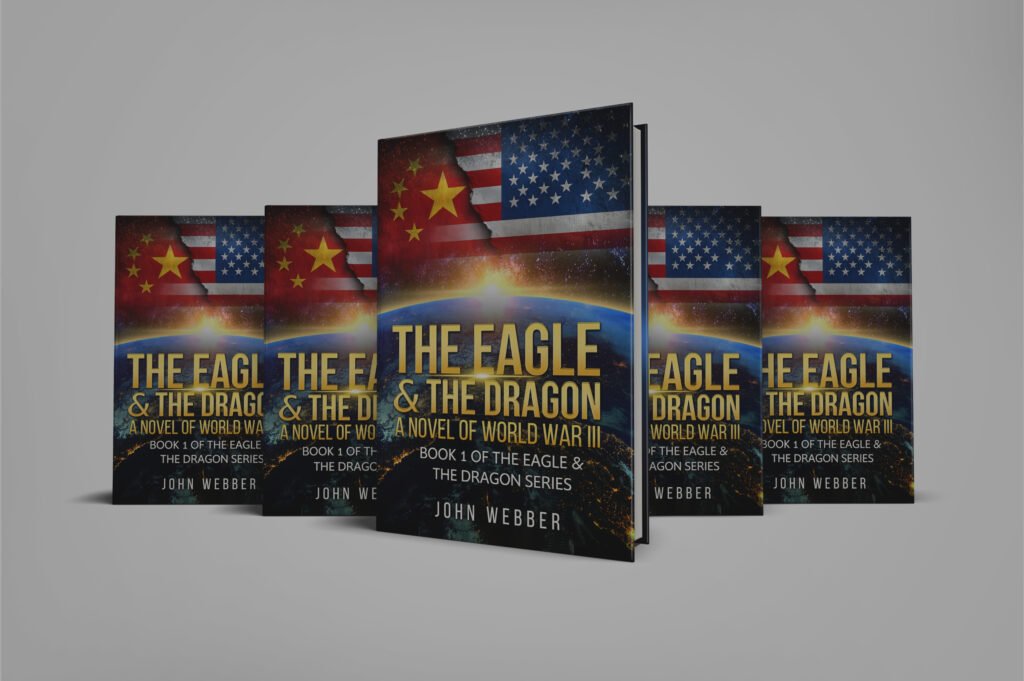
But more than that, I wanted to bridge the gap between the worlds I knew — the analytical precision of global finance and the emotional gravity of military fiction. The goal wasn’t to glorify war, but to illuminate its causes: misjudgment, pride, fear, and the illusion of control.
The Larger Message
When I started writing, I knew I didn’t want to create simple heroes and villains. In today’s interconnected world, there are no absolutes — only competing interests, flawed decisions, and unintended consequences. My characters, whether American, Chinese, or otherwise, are shaped by the systems they serve. Some believe in ideals; others in survival. But all are bound by the same truth: once a conflict of this scale begins, no one truly wins.
That realism — moral, strategic, and human — is at the heart of The Eagle & The Dragon series. It’s what makes the story believable. Because the next world war, if it ever comes, will not look like the ones before. It will unfold across financial markets, satellite networks, cyber domains, and information flows — as much about perception and control as missiles and armies.
I wrote this series because I believe readers deserve a window into what that world might look like — and because fiction can often reveal truths that headlines cannot.
The Story Behind the Story
The Eagle & The Dragon is, at its core, about choices. The choices leaders make when they fear decline. The choices societies make when they trade freedom for security. The choices individuals make when caught between loyalty and conscience.
And behind those choices lies the question that defines our time: what happens when the global order we’ve taken for granted begins to fracture?
The series doesn’t attempt to predict the future — it seeks to understand it. It’s a story about power and its limits, about the fragility of peace, and about the thin line separating deterrence from disaster.
For me, writing it was not just an act of creativity, but of inquiry. A way to examine, through narrative, the forces shaping the world we live in — and the consequences of ignoring them.
In short: I wrote The Eagle & The Dragon because I believe the seeds of tomorrow’s conflicts are already around us — in our markets, our alliances, our ambitions, and our fears. My goal was to bring those realities to life, to make readers feel the tension behind the headlines, and to remind us all that the greatest threats rarely come from strength — but from weakness misunderstood.
